Asteroid's sudden flyby shows blind spot in planetary threat detection
NASA for years has prioritized detecting asteroids much bigger and more existentially threatening than 2023 BU, the small space rock that streaked by 2,200 miles from the Earth's surface, closer than some satellites.
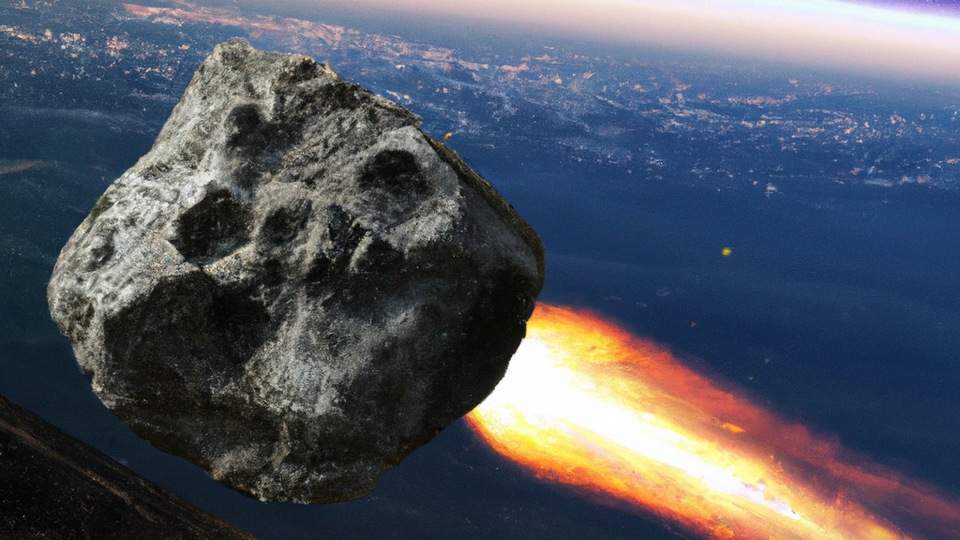
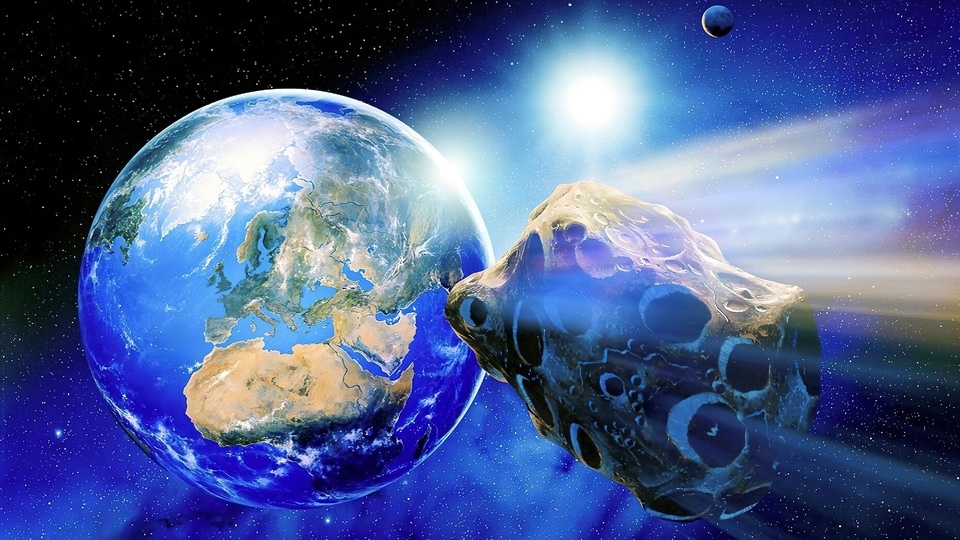
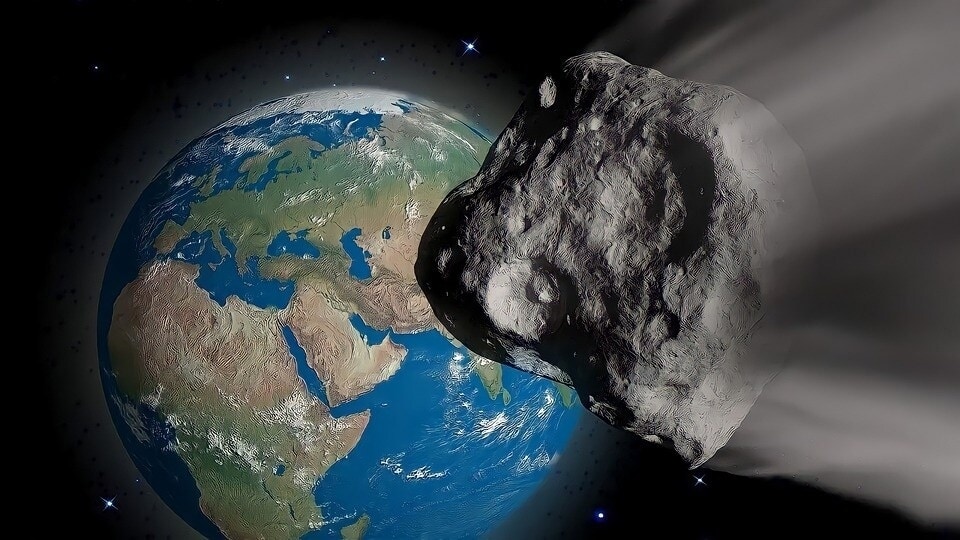
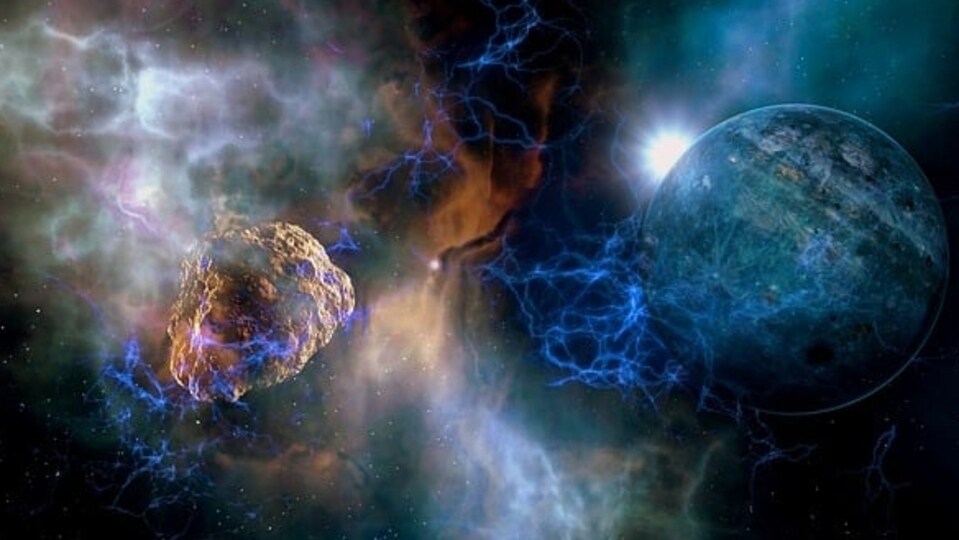
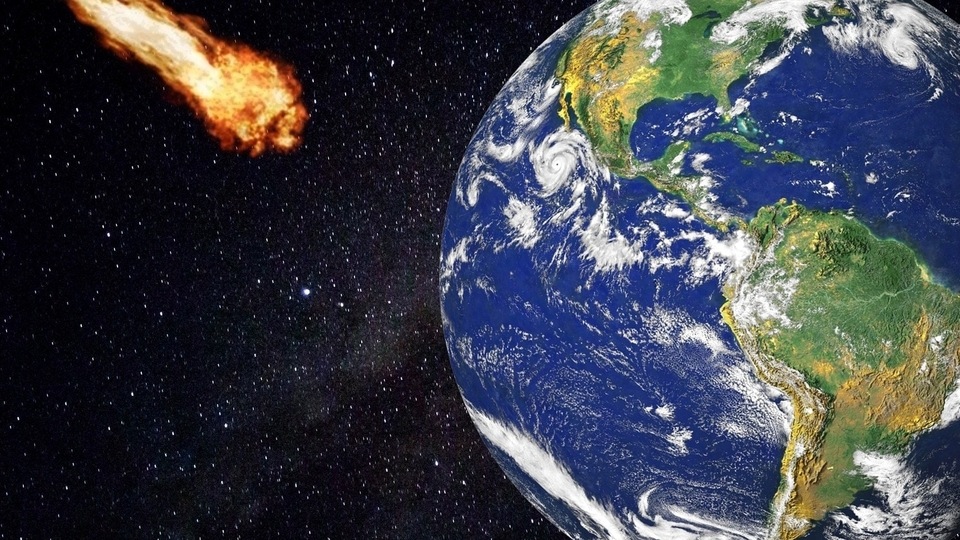

 View all Images
View all ImagesThe discovery of an asteroid the size of a small shipping truck mere days before it passed Earth on Thursday, albeit one that posed no threat to humans, highlights a blind spot in our ability to predict those that could actually cause damage, astronomers say.
NASA for years has prioritized detecting asteroids much bigger and more existentially threatening than 2023 BU, the small space rock that streaked by 2,200 miles from the Earth's surface, closer than some satellites. If bound for Earth, it would have been pulverized in the atmosphere, with only small fragments possibly reaching land.
But 2023 BU sits on the smaller end of a size group, asteroids 5-to-50 meters in diameter, that also includes those as big as an Olympic swimming pool. Objects that size are difficult to detect until they wander much closer to Earth, complicating any efforts to brace for one that could impact a populated area.
The probability of an Earth impact by a space rock, called a meteor when it enters the atmosphere, of that size range is fairly low, scaling according to the asteroid's size: a 5-meter rock is estimated to target Earth once a year, and a 50-meter rock once every thousand years, according to NASA.
But with current capabilities, astronomers can't see when such a rock targets Earth until days prior.
"We don't know where most of the asteroids are that can cause local to regional devastation," said Terik Daly, a planetary scientist at the Johns Hopkins Applied Physics Laboratory.
The roughly 20-meter meteor that exploded in 2013 over Chelyabinsk, Russia is a once-every-100-years event, according to NASA's Jet Propulsion Laboratory. It created a shockwave that shattered tens of thousands of windows and caused $33 million in damage, and no one saw it coming before it entered Earth's atmosphere.
Some astronomers consider relying only on statistical probabilities and estimates of asteroid populations an unnecessary risk, when improvements could be made to NASA's ability to detect them.
"How many natural hazards are there that we could actually do something about and prevent for a billion dollars? There's not many," said Daly, whose work focuses on defending Earth from hazardous asteroids.
AVOIDING A REALLY BAD DAY
One major upgrade to NASA's detection arsenal will be NEO Surveyor, a $1.2 billion telescope under development that will launch nearly a million miles from Earth and surveil a wide field of asteroids. It promises a significant advantage over today's ground-based telescopes that are hindered by daytime light and Earth's atmosphere.
That new telescope will help NASA meet a goal assigned by Congress in 2005: detect 90% of the total expected amount of asteroids bigger than 140 meters, or those big enough to destroy anything from a region to an entire continent.
"With Surveyor, we're really focusing on finding the one asteroid that could cause a really bad day for a lot of people," said Amy Mainzer, NEO Surveyor principal investigator. "But we're also tasked with getting good statistics on the smaller objects, down to about the size of the Chelyabinsk object."
NASA has fallen years behind on its congressional goal, which was ordered for completion by 2020. The agency proposed last year to cut the telescope's 2023 budget by three quarters and a two-year launch delay to 2028 "to support higher-priority missions" elsewhere in NASA's science portfolio.
Asteroid detection gained greater importance last year after NASA slammed a refrigerator-sized spacecraft into an asteroid to test its ability to knock a potentially hazardous space rock off a collision course with Earth.
The successful demonstration, called the Double Asteroid Redirection Test (DART), affirmed for the first time a method of planetary defense.
"NEO Surveyor is of the utmost importance, especially now that we know from DART that we really can do something about it," Daly said.
"So by golly, we gotta find these asteroids."
Catch all the Latest Tech News, Mobile News, Laptop News, Gaming news, Wearables News , How To News, also keep up with us on Whatsapp channel,Twitter, Facebook, Google News, and Instagram. For our latest videos, subscribe to our YouTube channel.





























